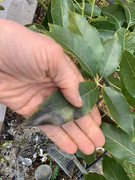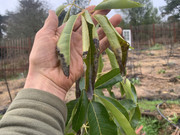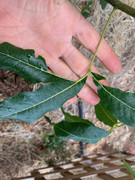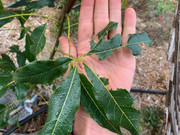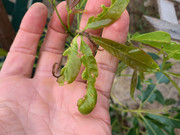1
Tropical Fruit Discussion / Small grafted avocado in distress. Whatís wrong?
« on: March 15, 2024, 12:12:24 PM »
Hey yíall. A small grafted avocado of mine is in distress. Can anyone help? The tree has been in this raised bed for about 4 months, not growing (winter break?) but looking good nonetheless. About 3 days ago, its leaves began to droop and lose turgor pressure. It has developed a few brown spots, too.
I grafted the tree about a year ago. Itís on hass seedling rootstock. Soil is very loose and rich in organic matter, plenty sand, and a little clay. Rainy winter, but soil is not waterlogged.
Ideas?
Thanks,
Alastair


I grafted the tree about a year ago. Itís on hass seedling rootstock. Soil is very loose and rich in organic matter, plenty sand, and a little clay. Rainy winter, but soil is not waterlogged.
Ideas?
Thanks,
Alastair

























